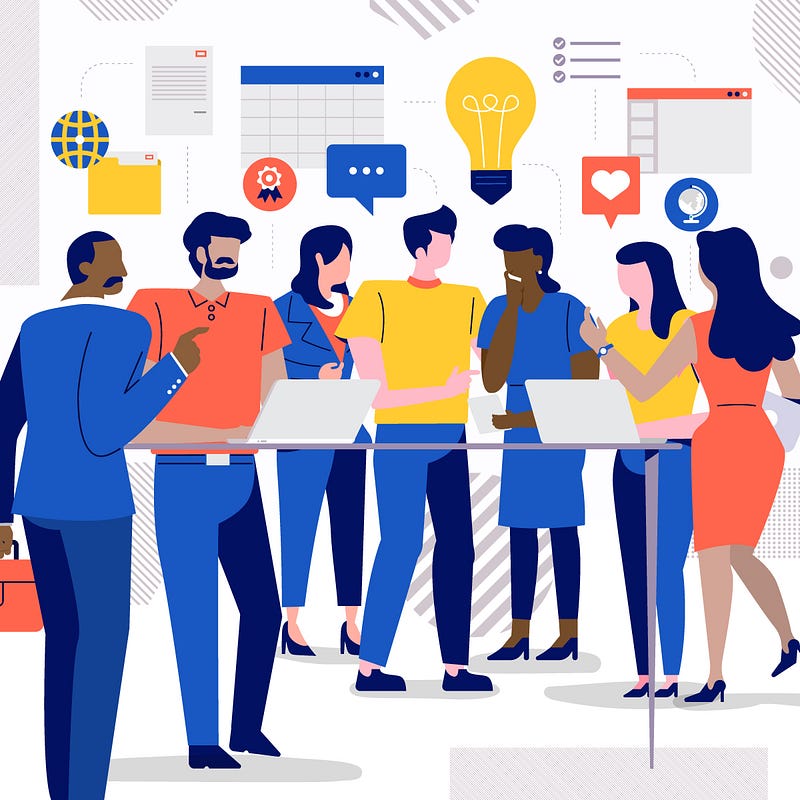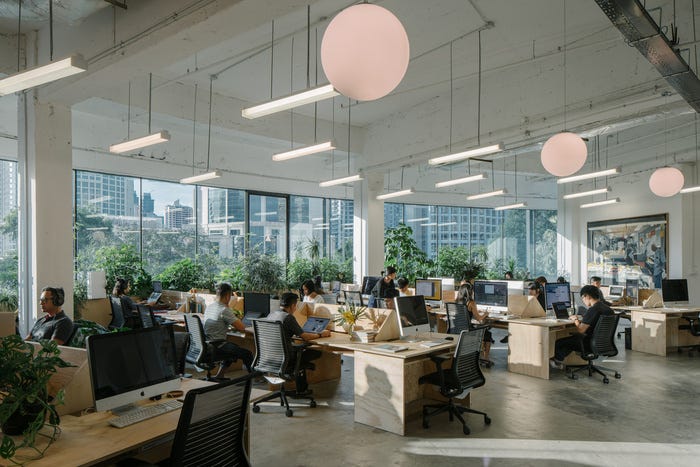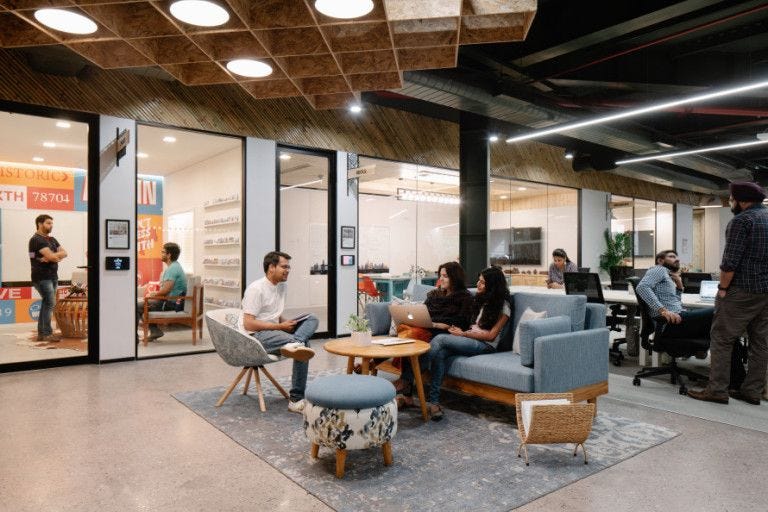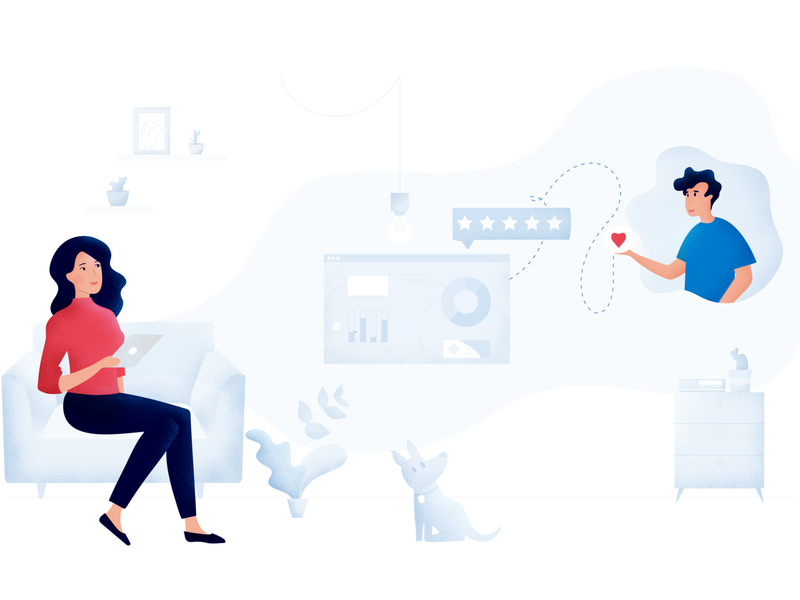Another year complete. Time for a year in review post! These post are mostly for my own personal reflection to keep a record for my ups and downs.
I missed my 2020 and 2021 in review, with COVID and everything around the world I was a bit depressed and frankly lost my motivation and my writing habit, luckily I am now back on track 😀
Moving to Canada
One of the biggest highlight for this year is that my wife Vivian and I had decided to move to Vancouver Canada, with me taking a master’s degree in the Centre of Digital Media. It was a big decision to make and Vivian and I had fought about this a few times and eventually we decided it was the right decision to make.
I was looked forward to start a new life in a new country and getting closer to the NA UX scene which is way more mature than Hong Kong. Hopefully I can learn some new ideas here that I can contribute back to the UX community in my hometown.


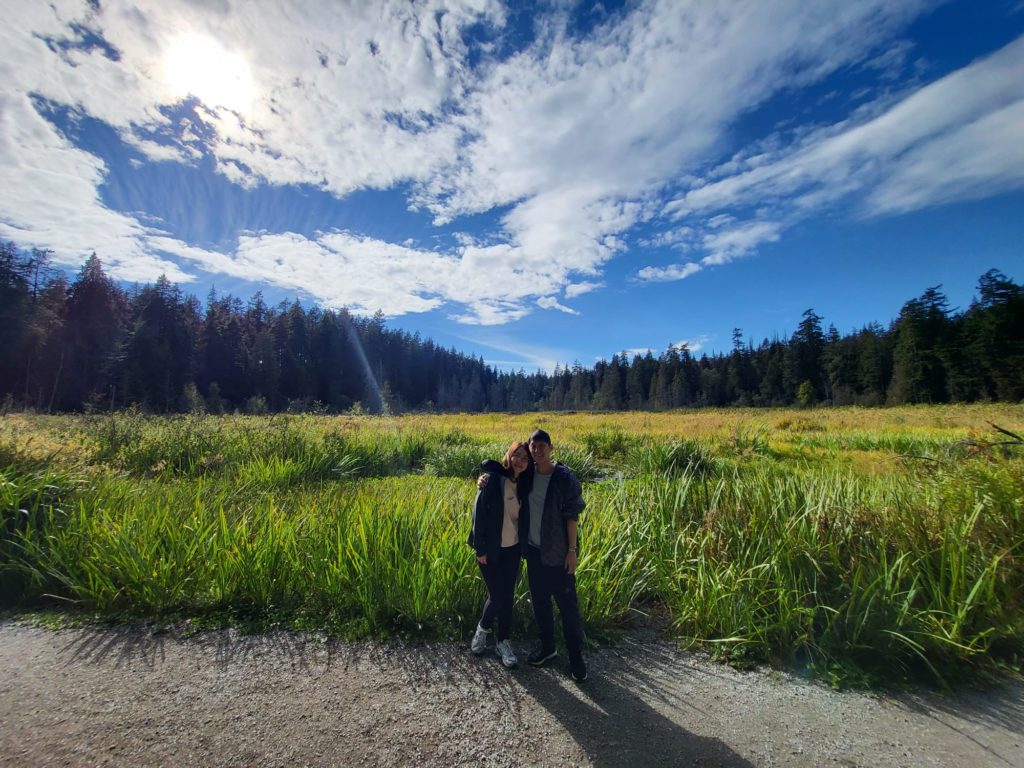


It has been almost 4 months now since we moved here and I have started getting used to school life and the country’s slow pace. We made new friends, tried new activities (carving pumpkin, ice-skated…), saw new animals (Racoon!) and Vivian got a good animator job making a decent salary.
Obviously not everything is sunshine and rainbow. I also saw the bad side of the city (for example, the amount of homeless people on the street shocked me when I first arrived) but so far the positive outweigh the negatives. Only time will tell whether we made the right move.
UX community building
Coming from Hong Kong where UX is still in its infancy, it had always been my dream since I became a UX designer that one day Hong Kong’s UX maturity will be able to match the states.
The challenge is that there is a knowledge gap for a lot of Hong Kong designers since the medium for most UX knowledge out there is in English, whether it is in the form of articles, videos or podcasts. Those that are less literal in English had a much harder time to cosume UX knowledge than than those that speak both languages.
Having the privilege to study abroad and speak both Cantonese and English, I see it as my duty to contribute back to the city that raised me. The plan is simple: Learn as much as I can and bring knowledge back to the community. To do so, I need to build a community first.
Hong Kong Cantonese UX scene
This was a great year for my UX community building, before I left Hong Kong I hosted a first ever Cantonese UX in-person meetup with over 80+ attendees, with the support of sponsors and senior design leaders I invited as guests, we were able to secure a venue and also provide free drinks and snacks.
If I told myself 5 years ago I will be able to pull this off I would not have believed it! I am grateful for everyone that showed up and the volunteers to make this happen.
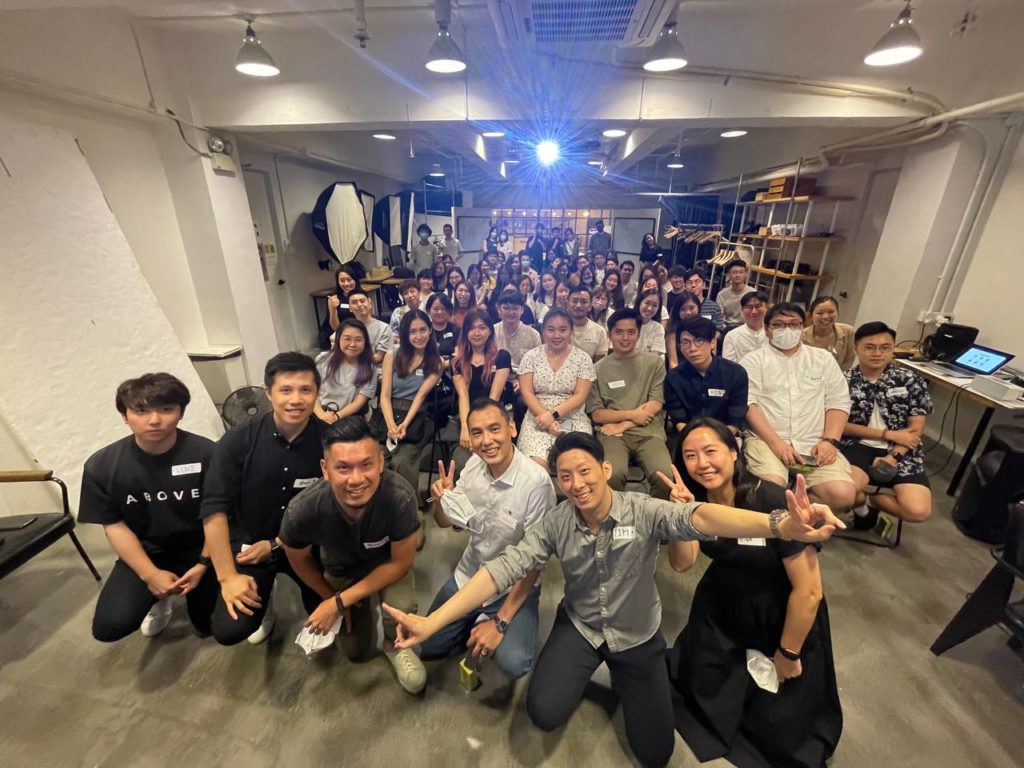
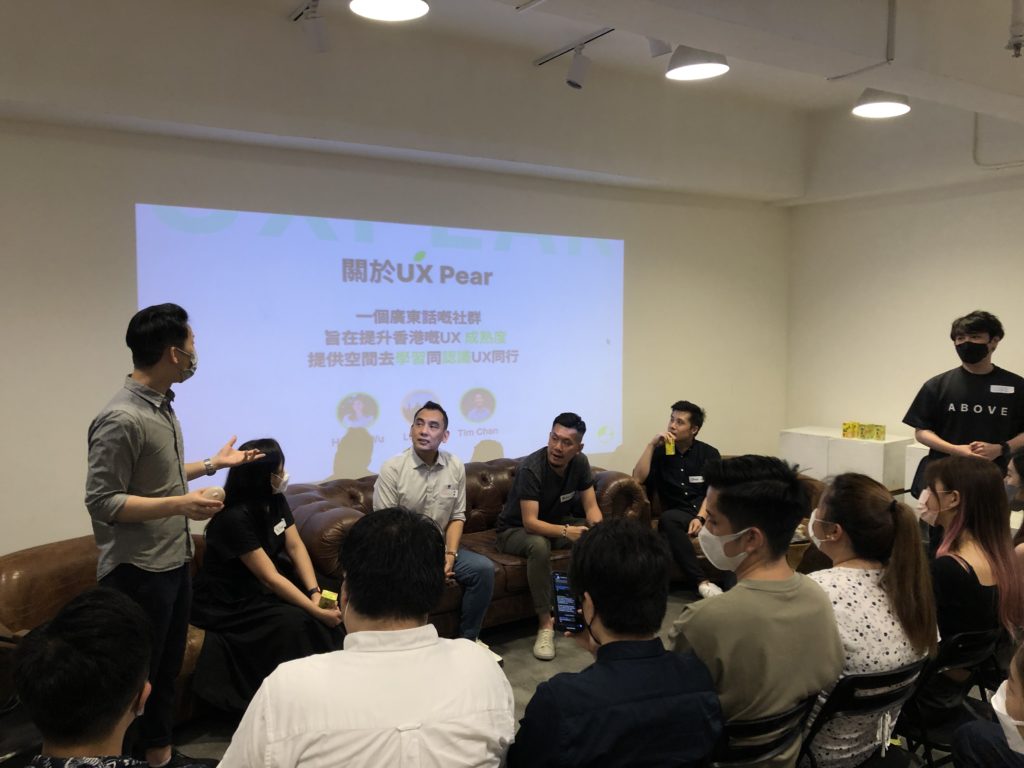
At the same time, I was quite emotional because while I did my small part to contribute to the Hong Kong UX community, I also had to leave due to the political situation there. It was a tough choice and I always thought there were so much more potential for the Hong Kong UX scene to grow.
Eventually, I thought it through. Even-though I am not physically in Hong Kong, I can still bring the Hong Kong designers together by building virtual communities and sharing what I learned in North America, which is exactly what I did. More on that in the next section.
North America Cantonese UX scene
I kicked started my quest to create a Cantonese UX community outside Hong Kong and had good progress so far. I originally targeted Canada only but thought it would be cool to expand it to USA as well because there is also a big Cantonese community there.
I promoted the Eventbrite event on LinkedIn, around 40 people attended and 30-ish people joined the private Discord server after the event.
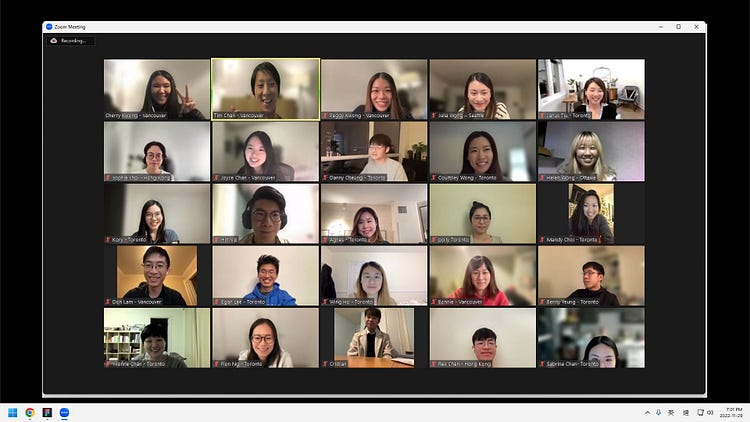
So far I have created two UX communities in two places and I think it might be a good idea to write down what I learned in the future. Both communities began as an experiment and hopefully as the number grows the community will become more active and we can create a closer bond with each other.
My blog and audience
This year, I have published 2 articles:
Not the most productive year so far, but the later article was doing quite well in terms of views and comments. I guess I have hit the right spot for people and promote it on the right platform. I followed up by DMing people that read my article for feedbacks and they gave me some suggestions on what topics I should explore in the future based on the points I made in the article.
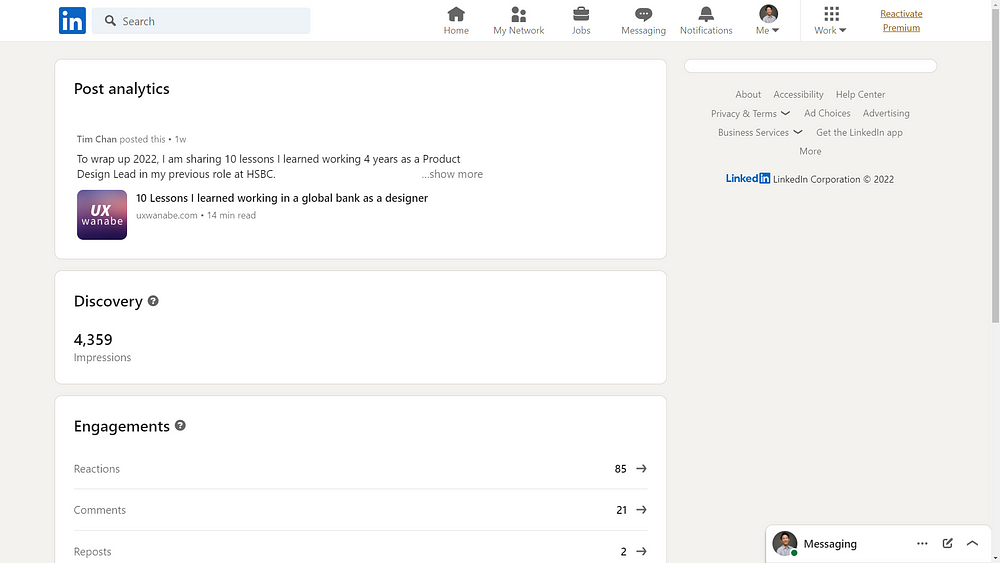
One of the positive side effect since I invested more time in writing is that I am able to inspire more people to want to write about UX, and one designer friend of mine did just that. I am glad my humble contribution to the UX scene has sparked the interest of people. That is great, we need more quality contents!
News letter
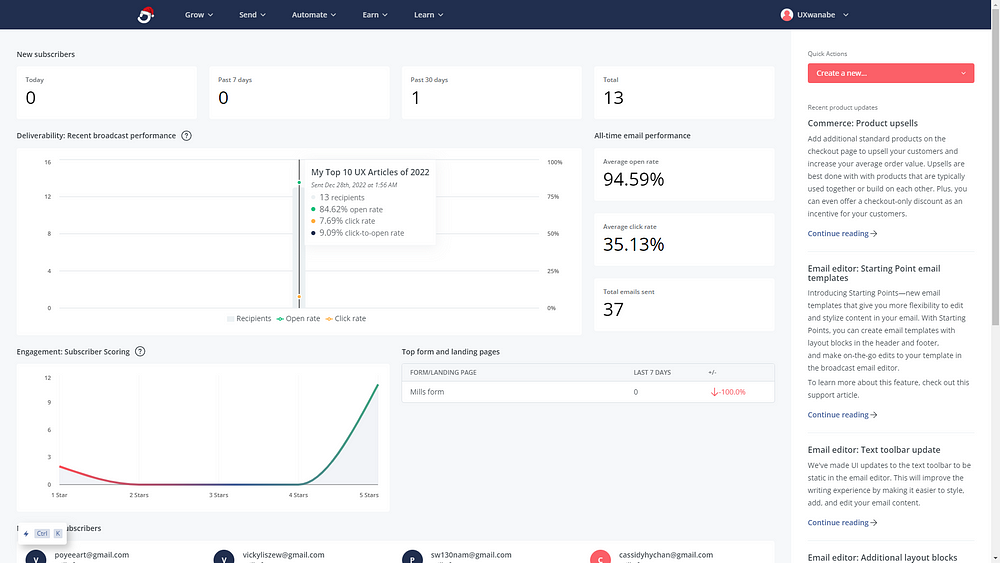
For the most part of 2021 my news letter has been dormant, mostly because I didn’t pay too much attention to it. Initially I set it up just for fun and to learn about how WordPress works because I knew very little about blogging and building an email list.
However, I decided to send out a 2022 wrap up news letter to my 12 subscriber by the end of December because I want to get serious of building an audience. Going forward, I hope to increase my subscriber numbers and create automated email sequence that can enage them further.
Podcast
Back in 2019 I launched a podcast called UXwanabe with the aim to help wannabe UX designers to get into the field in Hong Kong. It was a fun experiment and I learned a ton about how to interview guests, editing and a bunch of technical stuff to set up a podcast.
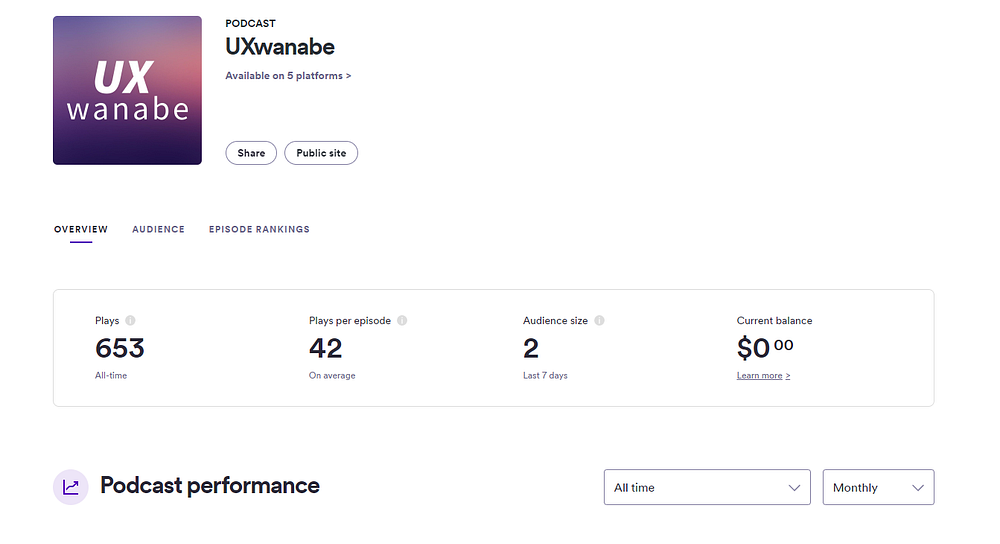
The response was quite positive, I had a cumulative of 653 plays (total includes all downloads and any stream of 60 seconds or more across all platforms) so far. I am quite happy with how the result turned out, considering when I first started I was refreshing the dashboard everyday hoping the listening count to increase but it only grow by single digit per day and on some days didn’t grow at all.
Moving forward, I have decided to put the podcast on pause because my priority for 2023 is to create more written content and increase my email subscriber count because in-depth content is where my strength lies.
I am also eager to explore creating YouTube video in 2023 based on my most popular articles in both English and Chinese to test the water, just another experiment I want to run to learn the in and outs of this medium.
Business
Back in March 2021, I did two coaching session for 2 people in the UX community I created. I made around USD1,000 from these sessions which made me incredibly happy, not because it was a big amount, but because it was money I made outside my 9–5.
Throughout my life, like most people, I haven’t developed ANY money making skills. Interview skills? Sure, I showed up to an interviewed and two rounds in I have a job. Then I show up to work and collect my pay check. I am not discarding the fact that I am skillful in my design craft, but I truly believe not having business skills makes me vulnerable and is always at the mercy of someone else.
Looking forward in 2023, I will look for opportunity to productize my knowledge (could be ebook, course, coaching etc.)
Health
Sleep
I have been staying up too late at night, usually until 3 am. Not sure when did I form this habit, maybe mainly due to the fact that I don’t have to wake up early in the morning in most days as a master student.
I believe this is bad for my health and moving forward I intended to introduce a “no-screen-time” rule 2 hours before bed and spend time on reading fictional books (Dune). Self-help is a NO for me before bed time because my brain will constantly think about work examples if I read those books.
Working out
I also did less than 10 workout this year, which is really not ideal (actually quite pathetic), working out has always been an uphill battle for me since I lost the habit. Looking forward, I aim to reintroduce this habit and hopefully get rid of my growing belly.
Hobby
My favorite hobbies are origami and video games. In late 2022, I realized I was spending too much times on video games and it didn’t achieve anything meaningful for me as I am definitely not going to become a pro-gamer or streamer.
This also meant I did not spend enough time on origami, so I made the tough decision to delete DOTA2, my favorite video game such that I can focus on other things that has higher priority to me.
I did hold a few origami workshops for my school, but I really want to focus more on creating my original origami models, I hope in 2023 I can give it more love.
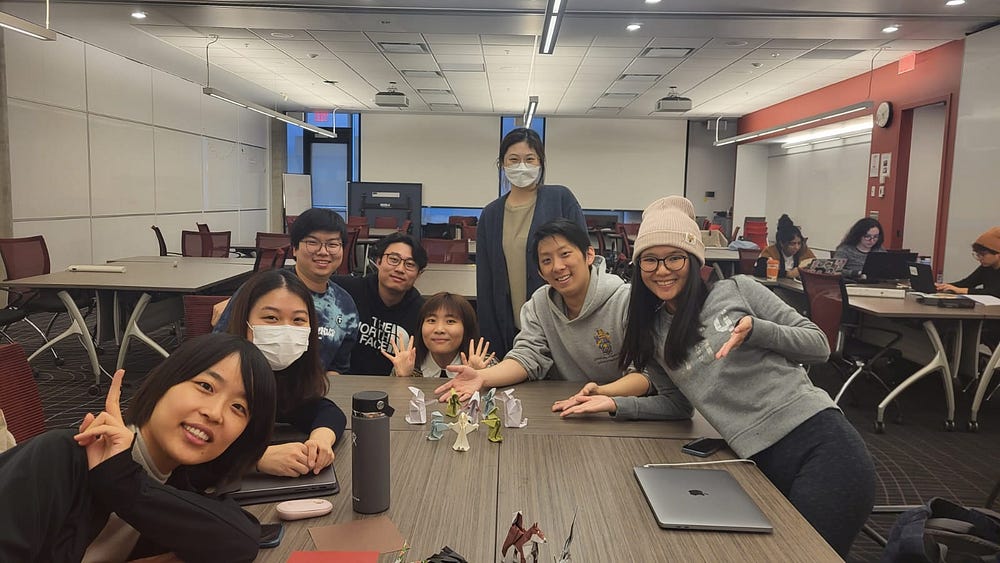
My goal for 2023
My focus for next year revolve around creating more content and having a healthy life style. Below are my main goals for 2023:
UX community building
Create at least 4 event with guest speakers from major tech companies.
My blog and audience
- Write at least 12 high-quality article about UX
- 10x my subscriber list (13 subs so far)
YouTube video
Create at least 4 videos in both Cantonese and English based on my most popular articles.
Business
Launch a product (ebook, course, coaching etc.)
Health
- Go to bed by 11.30pm
- Go to gym at least 3 times per week
Hobby
Design 3 origami models.
Closing thought
Overall I want to rely on systems and habits rather than will power to achieve my goals. I will spend some time later to breakdown my goals into monthly and daily goals, and make sure they exists in my calendar. Knowing myself well, things that are not on my calendar will not get done.
Looking forward to revisit this article in the end of 2023 to have everything check off. Wish me luck!
